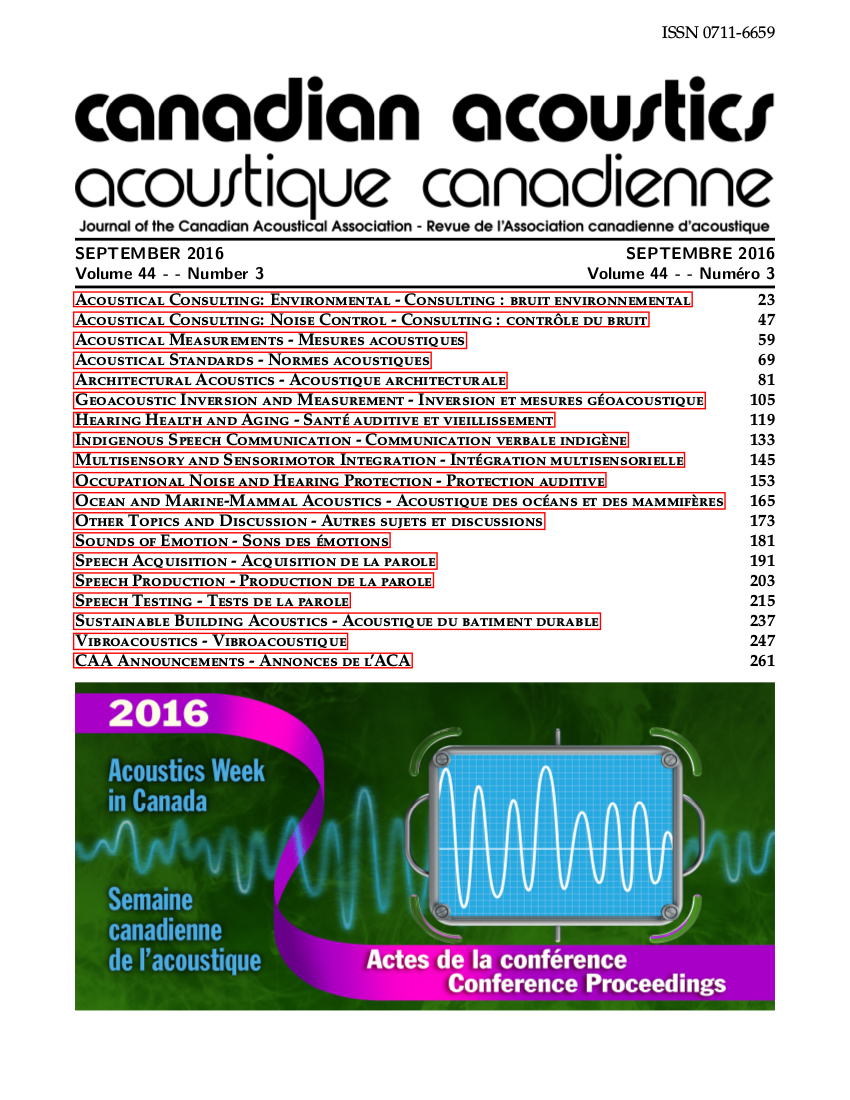Using Spatialized Sound to Enhance Self-Motion Perception in Virtual Environments and Beyond: Auditory and Multi-Modal Contributions
Abstract
Embodied self-motion illusions (“vection”) have long fascinated both researchers and laypeople. With the increasing quality and affordability of immersive virtual reality and tele-operation/tele-robotics interfaces, there is also increasing interest in providing compelling sensations of self-motions to create more life-like and convincing experiences. Whereas most research on self-motion perception focuses on visual and vestibular contributions, auditory can also play a relevant role. Here, we will provide an overview on research indicating how spatialized sound (moving sound fields) can both induce self-motion illusions in blindfolded listeners and enhance self-motion illusions induced by other modalities. Auditory vection by itself can be enhanced by a number of factors, including increasing the number of moving sound sources and employing sound sources that are more likely to be interpreted as originating from stationary objects (“acoustic landmarks” such as church bells) than artificial sounds or sounds associated with moving objects such as footstep sounds or car sounds. Although auditory cues alone provide a much less compelling self-motion sensation than visual cues or biomechanical cues (e.g., from walking on a circular treadmill), they can significantly enhance vection induced by other modalities as well as enhance presence and immersion in virtual environments. These findings will be discussed both in the context of multi-modal cue integration and self-motion simulation applications such as Virtual Reality, where high-quality spatialized sound could often be included at relatively low cost.
Additional Files
Published
How to Cite
Issue
Section
License
Author Licensing Addendum
This Licensing Addendum ("Addendum") is entered into between the undersigned Author(s) and Canadian Acoustics journal published by the Canadian Acoustical Association (hereinafter referred to as the "Publisher"). The Author(s) and the Publisher agree as follows:
-
Retained Rights: The Author(s) retain(s) the following rights:
- The right to reproduce, distribute, and publicly display the Work on the Author's personal website or the website of the Author's institution.
- The right to use the Work in the Author's teaching activities and presentations.
- The right to include the Work in a compilation for the Author's personal use, not for sale.
-
Grant of License: The Author(s) grant(s) to the Publisher a worldwide exclusive license to publish, reproduce, distribute, and display the Work in Canadian Acoustics and any other formats and media deemed appropriate by the Publisher.
-
Attribution: The Publisher agrees to include proper attribution to the Author(s) in all publications and reproductions of the Work.
-
No Conflict: This Addendum is intended to be in harmony with, and not in conflict with, the terms and conditions of the original agreement entered into between the Author(s) and the Publisher.
-
Copyright Clause: Copyright on articles is held by the Author(s). The corresponding Author has the right to grant on behalf of all Authors and does grant on behalf of all Authors, a worldwide exclusive license to the Publisher and its licensees in perpetuity, in all forms, formats, and media (whether known now or created in the future), including but not limited to the rights to publish, reproduce, distribute, display, store, translate, create adaptations, reprints, include within collections, and create summaries, extracts, and/or abstracts of the Contribution.


